Volkswagen gives ID.4 and ID.5 a technology update
On the sidelines of the IAA Mobility in Munich, VW presented some changes to its electric SUV series ID.4 and the SUV coupé ID.5. Among other things, it introduced the new and more efficient electric motor found in the ID.7 – but there are also changes to the battery and the interior.
But first, let’s look at the powertrain: the electric motor in the rear with 150 kW and 310 Nm, which was previously installed in most versions, has been replaced by the new APP550. As reported, it offers 210 kW of power and 545 Nm of maximum torque. At the same time, the motor – still a permanent magnet synchronous motor – is supposed to be significantly more efficient and thus enable a better range. “According to initial forecasts, the range of these ID.4 and ID.5 models will be improved further with the same battery size,” VW writes, but does not yet give any figures. Only the base model ID.4 Pure remains unchanged and keeps the 125 kW engine.
As mentioned above, the rear-wheel-drive versions of the ID.4 and ID.5 with the APP550 will have a 210 kW output. The all-wheel-drive ID.4 Pro 4Motion with the new rear engine increases from 195 to 220 kW, i.e. the output of the previous GTX models. In the future, the ID.4 GTX and ID.5 GTX will be specified with 250 kW, which is unsurprising: Cupra had already quoted 250 kW for its electric SUV Tavascan. Incidentally, the top speed of all variants with the APP550 increases to 180 kph. Only the ID.4 Pure continues to stop at 160 kph.
There is also a change to the batteries, where VW increases the charging capacity – but the energy content remains the same. The 52 kWh battery in the ID.4 Pure can be charged with up to 115 kW (instead of 110 kW), which is only a minimal improvement. For the rear-wheel-drive ID.4 and ID.5 Pro, VW now specifies 135 kW DC charging power. For the three all-wheel-drive variants, it is 175 kW at peak.
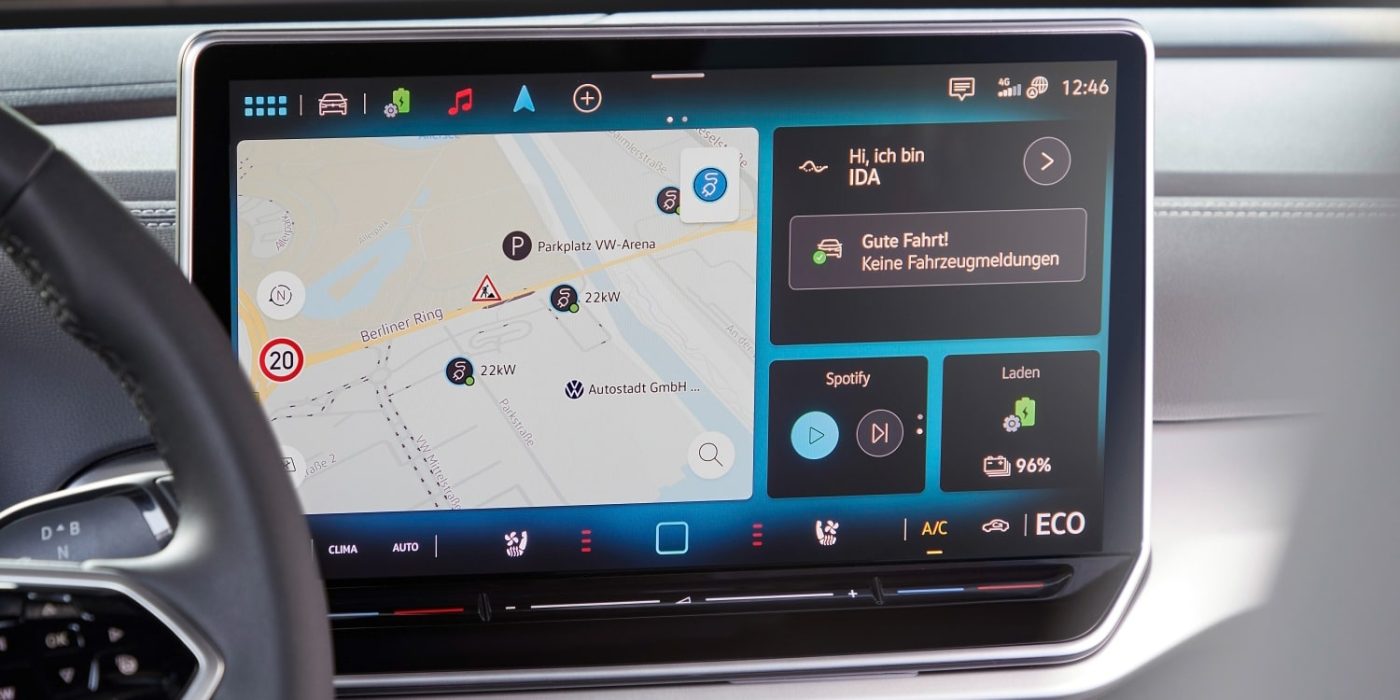
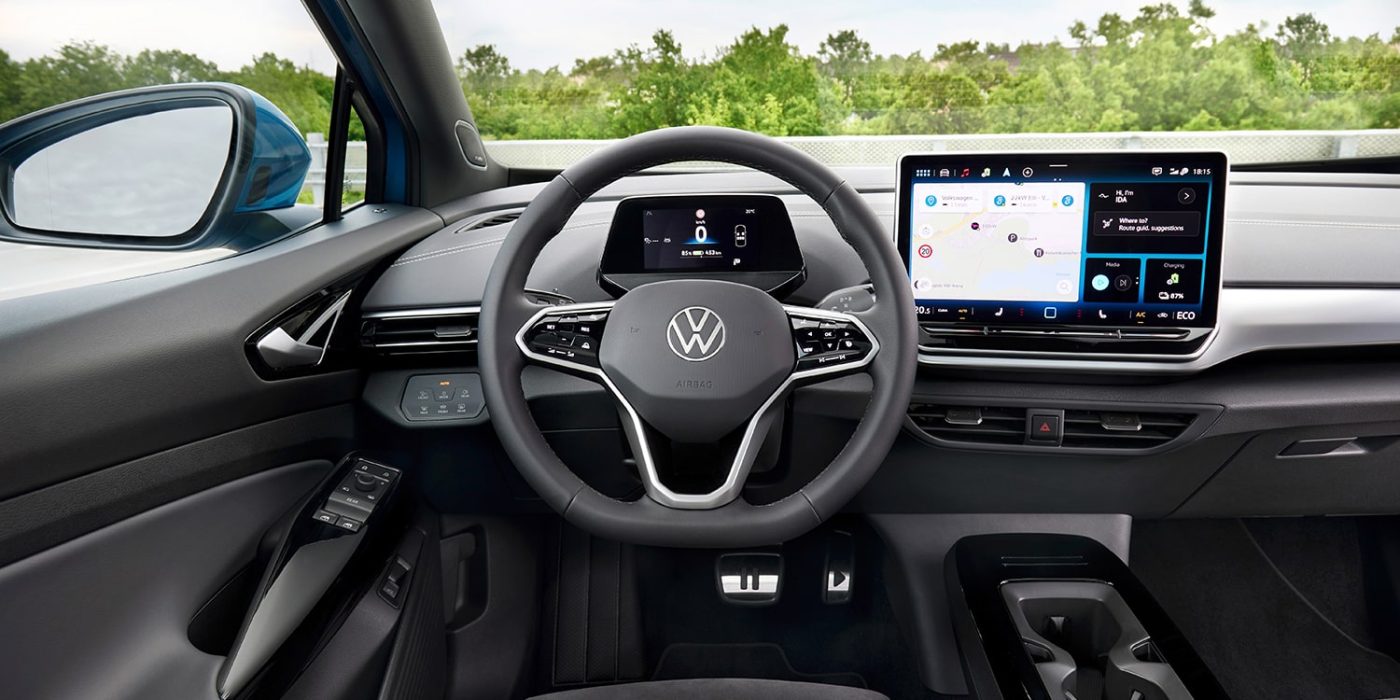
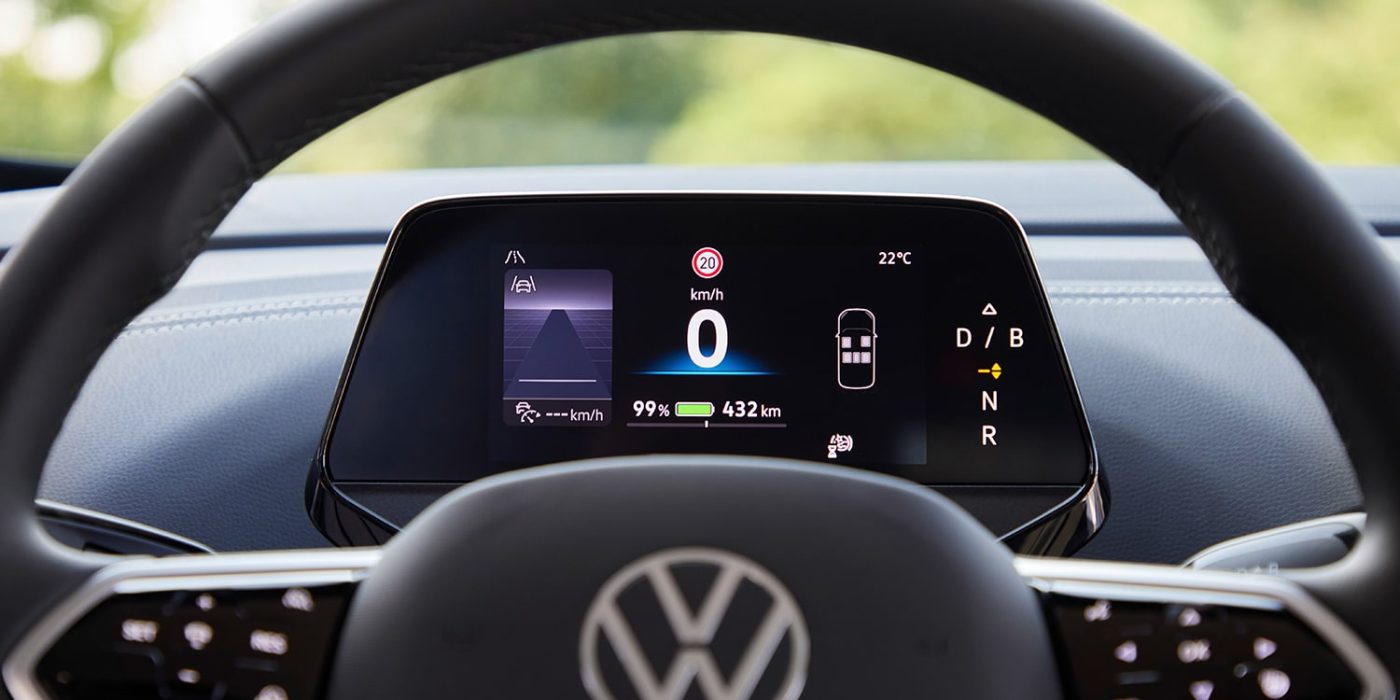
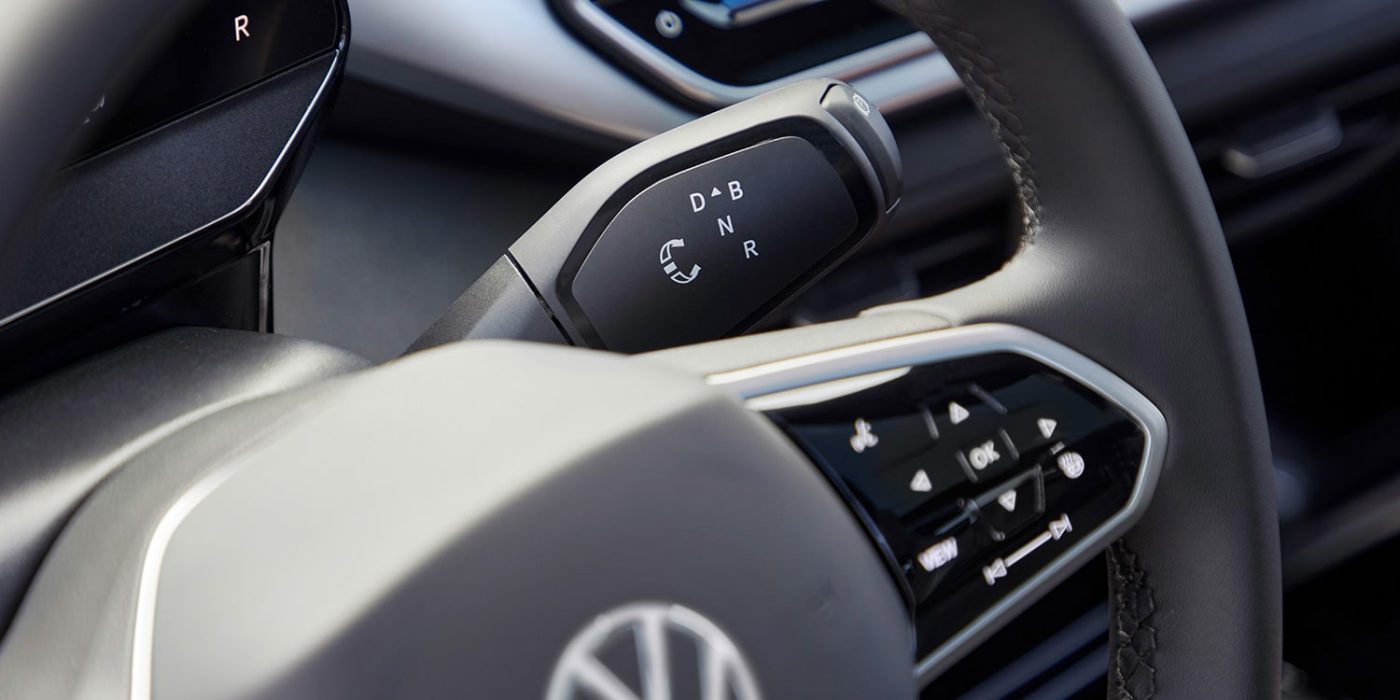
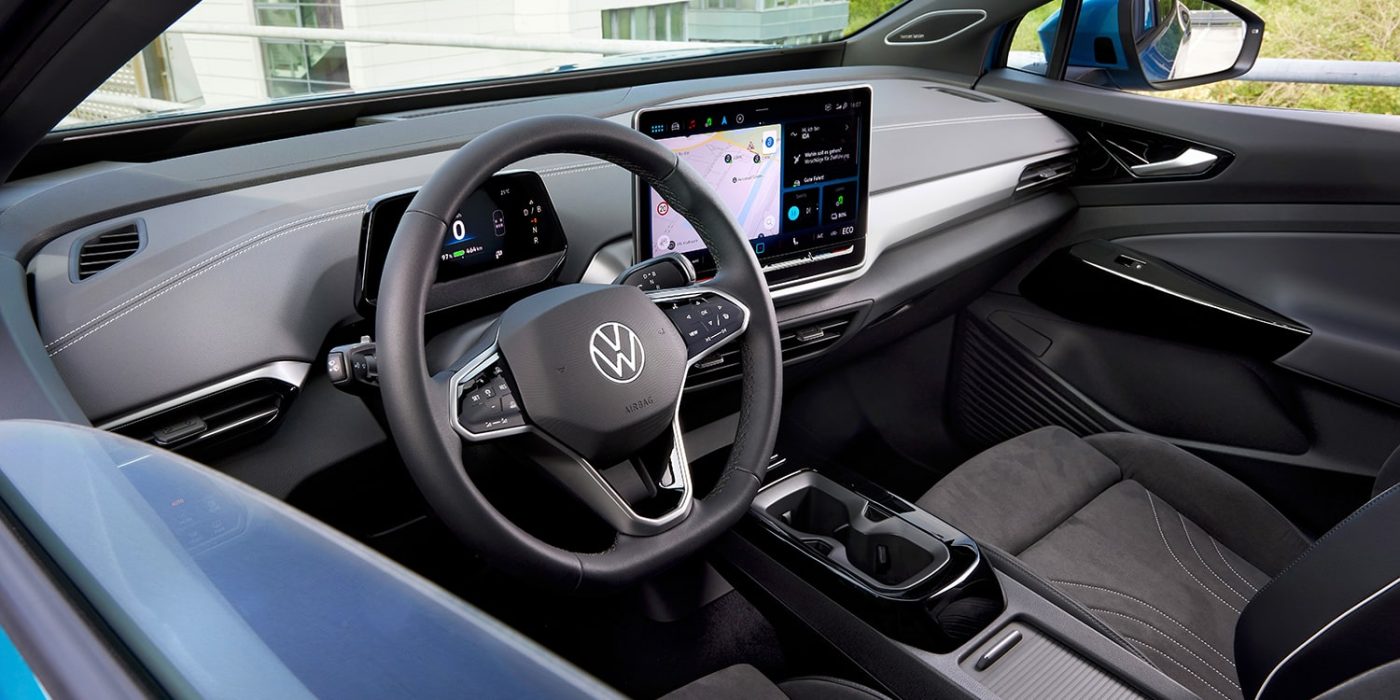
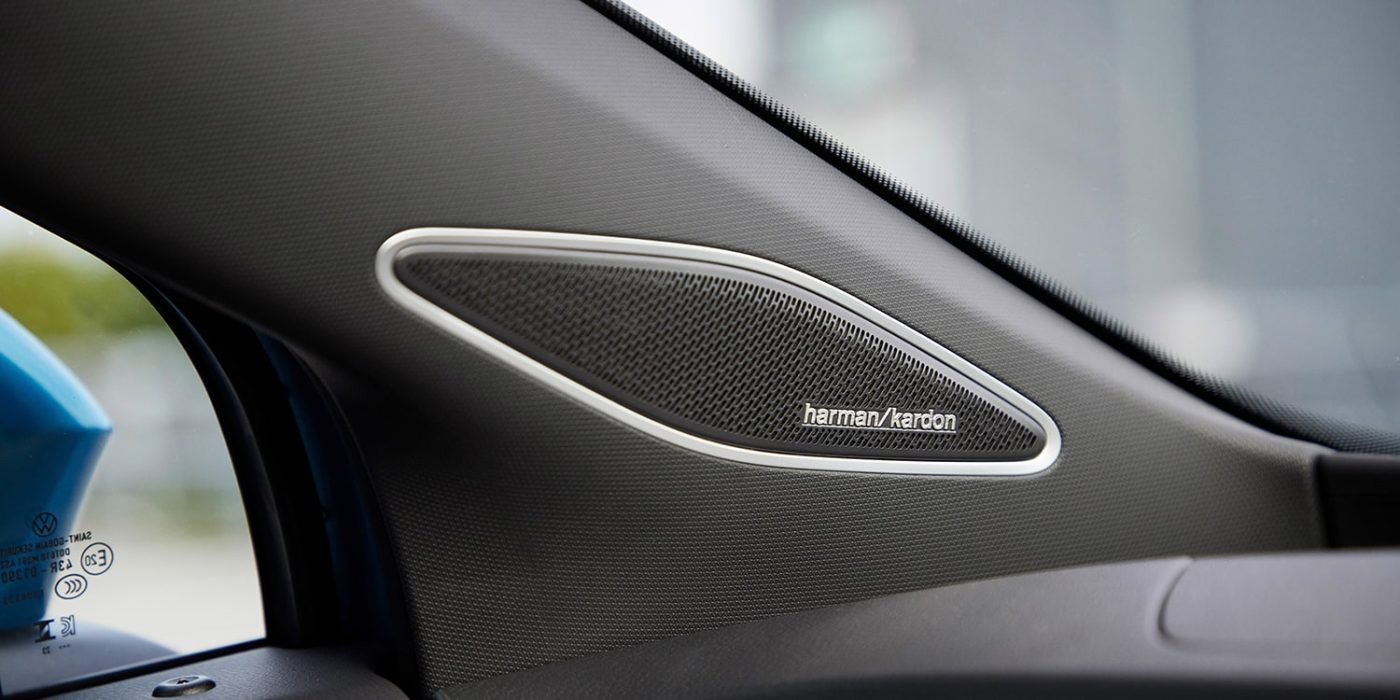
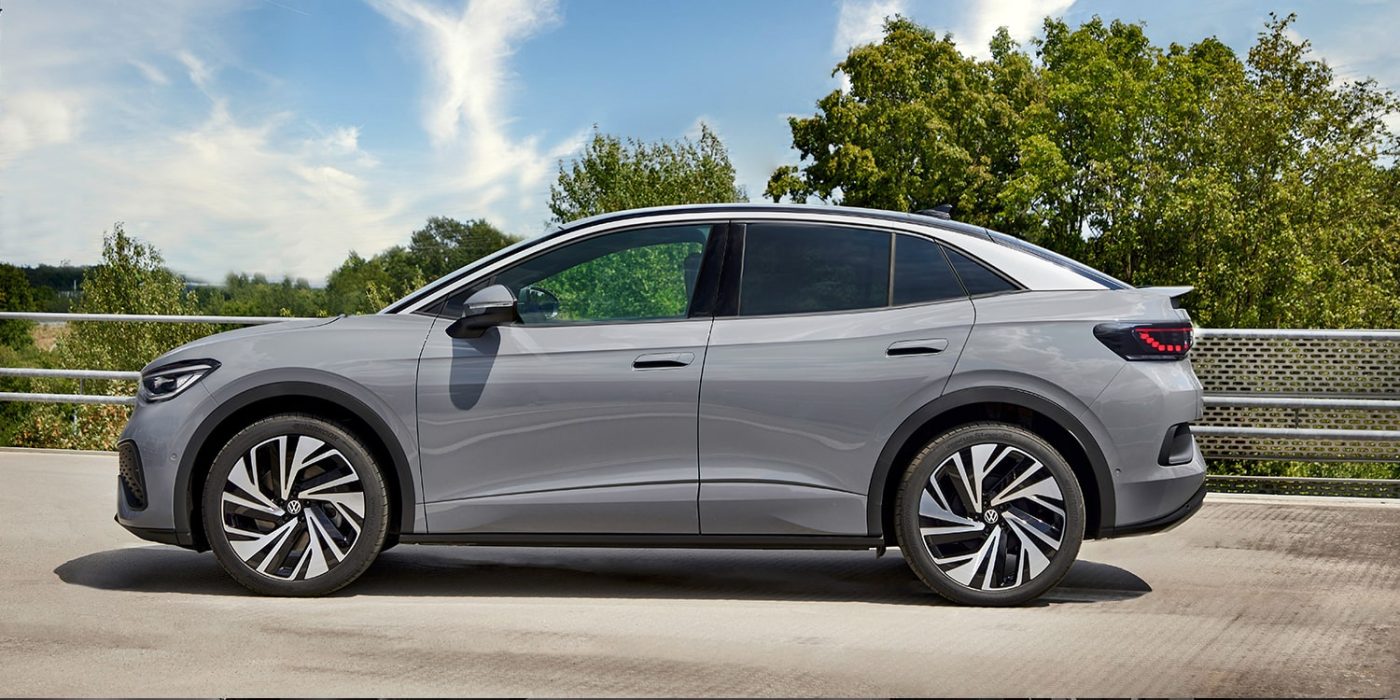
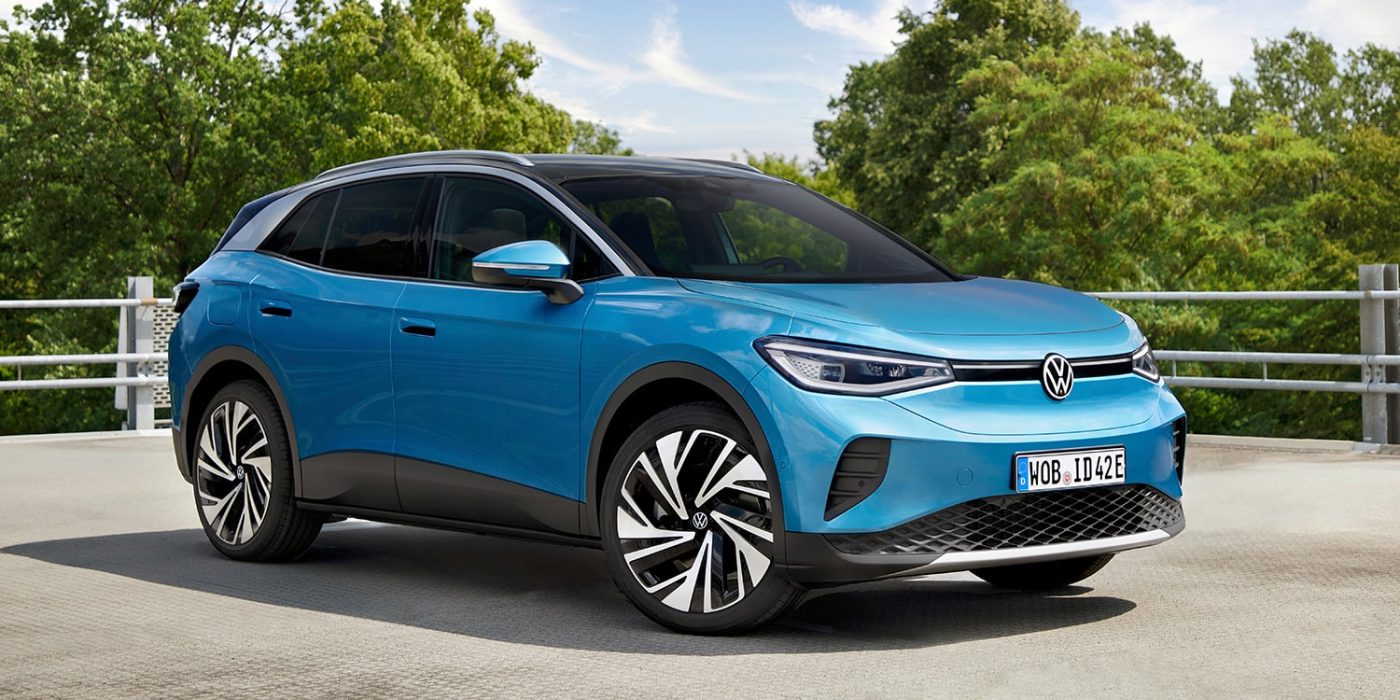
The batteries still have a net capacity of 77 kWh, but different cell chemistries are used. However, it is unclear how this will affect the charging times or charging performance in real life. Even in the current models, the all-wheel-drive vehicles have a different cell chemistry, but despite the higher peak power, they need a little longer to go from ten to 80 per cent (36 instead of around 30 minutes). VW does not specify the charging time that will now be possible. The 11 kW AC remain unchanged.
In this context, the chassis has also been designed for the higher power. The control of the DCC adaptive chassis, which is still available as an option, has been adjusted to achieve a greater differentiation between comfort and dynamics. Until now, the ID.4 and ID.5 were relatively comfortably tuned, even in Sport mode. Here, the suspension could become more direct in the future.
In addition, VW brings further improvements to the ID.4/ID.5, which were introduced with the ID.7. One is the pre-conditioning of the battery, with which the battery can be warmed or cooled to the optimal temperature before fast-charging – this should make it possible to call up high charging power at different outside temperatures. Previously, the power had to be regulated to protect the cells. Pre-conditioning is activated by the car when charging stops are part of the route planning, or it can be started manually.
Another innovation from the ID.7 is the MIB4, i.e. the fourth-generation modular infotainment system. That includes the future 12.9-inch touchscreen (the 15-inch touchscreen from the ID.7 is not available) and the Software 4.0, where the temperature control is permanently displayed at the bottom edge of the larger screen. There is also a new shortcut bar at the top of the screen. And the sliders for volume and climate control placed below the screen will be illuminated in future.
The multifunction steering wheel is also new, with a different arrangement of the controls – but the criticised touch surfaces remain for the time being. As already implemented in the ID. Buzz and announced in the ID.7, a separate steering column lever is installed to select the driving gear. The small rotary control unit on the side of the driver’s display is thus history in the ID.4 and ID.5. According to VW, it was a necessary change to integrate the larger infotainment display.
A new safety feature is also making its way into the MEB SUVs: the ID.4 and ID.5 will be the first ID. models to receive an optional exit warning system that alerts drivers to bicycles, motorbikes and cars approaching from behind when the front doors are opened.
“With the new and more intuitive cockpit landscape, enhanced equipment, innovative exit warning system, new high-efficiency drive and latest software generation, Volkswagen has consistently realised customer-focused solutions. The new ID.4 and ID.5 are thus now launching at the same technical level as the large ID.7”, VW summarises the update.
According to VW, the revised versions of the ID.4 and ID.5 will be delivered before the end of this year – the market launch is planned for autumn, with deliveries starting around the turn of the year, a VW spokeswoman told electrive. Prices for the revised models are not yet known, though the power of most variants has increased, and the standard equipment has also been upgraded with a larger display.
Source: Info via email




0 Comments